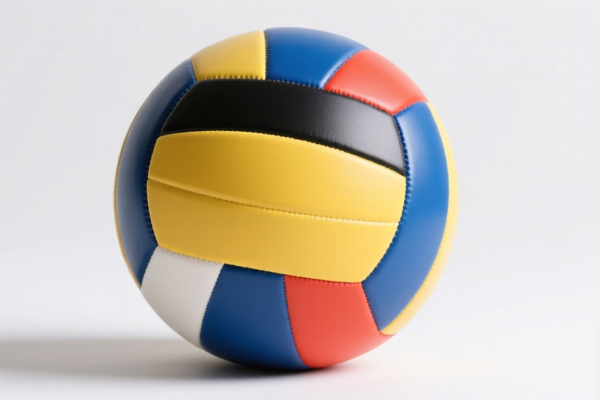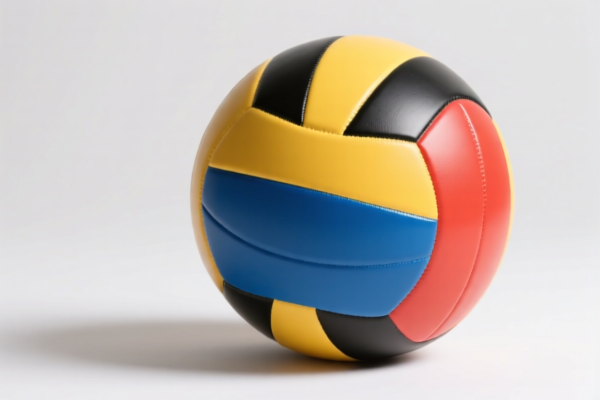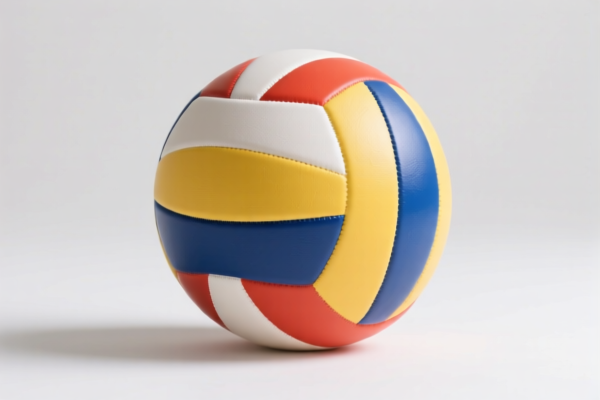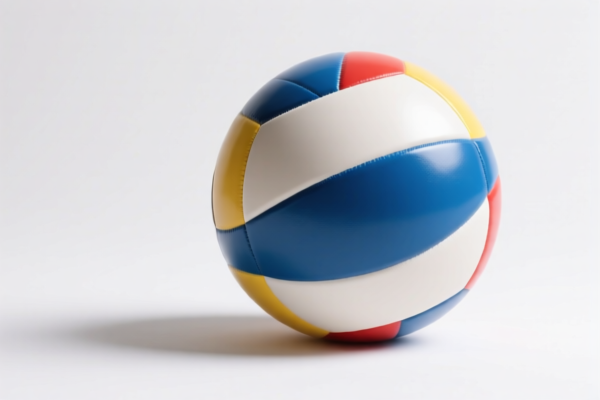| HS Code | Official Doc | Tariff Rate | Origin | Destination | Effective Date |
|---|---|---|---|---|---|
| 9506694000 | Doc | 42.9% | CN | US | 2025-05-12 |
| 9506696020 | Doc | 42.4% | CN | US | 2025-05-12 |
| 9503000011 | Doc | 30.0% | CN | US | 2025-05-12 |
| 9503000071 | Doc | 30.0% | CN | US | 2025-05-12 |
| 6307907500 | Doc | 34.3% | CN | US | 2025-05-12 |




Practice Ball
A practice ball is a general term for a ball used for training and skill development in various sports. These balls are typically designed to be more affordable and durable than official game balls, prioritizing repeated use over premium materials or aesthetics.
Materials
Practice balls are constructed from a range of materials depending on the sport and intended use. Common materials include:
- Rubber: Frequently used for baseball, softball, and basketball practice balls due to its resilience and cost-effectiveness. Synthetic rubber compounds are common.
- PVC (Polyvinyl Chloride): Often used for volleyball and soccer balls, providing a softer, lighter alternative to leather or more rigid materials.
- Synthetic Leather: Offers a feel closer to official game balls, commonly used in basketball, football, and soccer practice balls.
- Foam: Used for indoor practice, particularly in sports like baseball (soft toss) or for very young players.
- Nylon/Polyester: Used for outer shells, often in conjunction with other materials, to provide abrasion resistance and shape retention.
Purpose
The primary purpose of a practice ball is to allow athletes to repeatedly drill skills without the risk of damaging expensive game balls. They are essential for:
- Skill Development: Improving throwing, catching, hitting, kicking, dribbling, and other fundamental techniques.
- Warm-up & Conditioning: Preparing athletes for games or more intense training sessions.
- Drills: Facilitating specific training exercises focused on particular aspects of a sport.
- Mass Practice: Enabling large groups to practice simultaneously.
Function
The function of a practice ball is determined by the sport it is designed for. Common functions include:
- Rebound: Maintaining consistent bounce characteristics for basketball, volleyball, and other bouncing-ball sports.
- Flight Characteristics: Providing predictable trajectory for throwing and kicking sports.
- Durability: Withstanding repeated impacts with various surfaces and equipment.
- Grip: Offering a secure hold for athletes to manipulate the ball effectively.
- Weight & Size: Corresponding to appropriate levels of play and athlete age/skill.
Usage Scenarios
- Team Practices: Used extensively during organized team training sessions.
- Individual Training: Used by athletes for solo skill development.
- Baseball/Softball Batting Practice: Used for hitting drills and cage work.
- Basketball Shooting Drills: Used for repetitive shooting practice.
- Volleyball Passing & Setting Drills: Used for developing ball control skills.
- Soccer Passing & Shooting Drills: Used for improving accuracy and technique.
- Physical Education Classes: Used for introducing basic skills to students.
Common Types
- Baseball/Softball Practice Balls: Often made of rubber or synthetic materials, sometimes with a cork or foam core. Vary in weight and size depending on the league/age group.
- Basketball Practice Balls: Typically made of rubber or synthetic leather. Indoor and outdoor versions are available, with different levels of grip and durability.
- Volleyball Practice Balls: Commonly made of PVC or synthetic leather. Lighter weight than official game balls.
- Soccer Practice Balls: Made of PVC or synthetic leather, often with machine-stitched construction. Vary in size (size 3, 4, 5) depending on age/level of play.
- Football Practice Balls: Made of rubber or synthetic leather, often with a textured surface for improved grip.
- Tennis Practice Balls: Typically made of rubber with a felt covering. Vary in compression and durability.
- Golf Practice Balls: Made of a solid or hollow plastic core, often with a dimpled surface. Used for driving range practice.
Based on the provided information, “practice ball” can be categorized as follows:
- 9506694000: This HS code covers Articles and equipment for general physical exercise, gymnastics, athletics, other sports (including table-tennis) or outdoor games, not specified or included elsewhere in this chapter; swimming pools and wading pools; parts and accessories thereof: Balls, other than golf balls and table-tennis balls: Other: Noninflatable hollow balls not over 19 cm in diameter. This would apply to practice balls that are non-inflatable and under 19cm in diameter. The total tax rate is 42.9%, comprised of a 5.4% base tariff and a 7.5% additional tariff, increasing to 30% after April 2, 2025.
- 9506696020: This HS code covers Articles and equipment for general physical exercise, gymnastics, athletics, other sports (including table-tennis) or outdoor games, not specified or included elsewhere in this chapter; swimming pools and wading pools; parts and accessories thereof: Balls, other than golf balls and table-tennis balls: Other: Other Other. This would apply to practice balls that are not specifically defined as non-inflatable and under 19cm in diameter. The total tax rate is 42.4%, comprised of a 4.9% base tariff and a 7.5% additional tariff, increasing to 30% after April 2, 2025.
According to the provided reference material, the HS code options related to 'practice ball' are limited, with only the following 2 found.
Customer Reviews
No reviews yet.